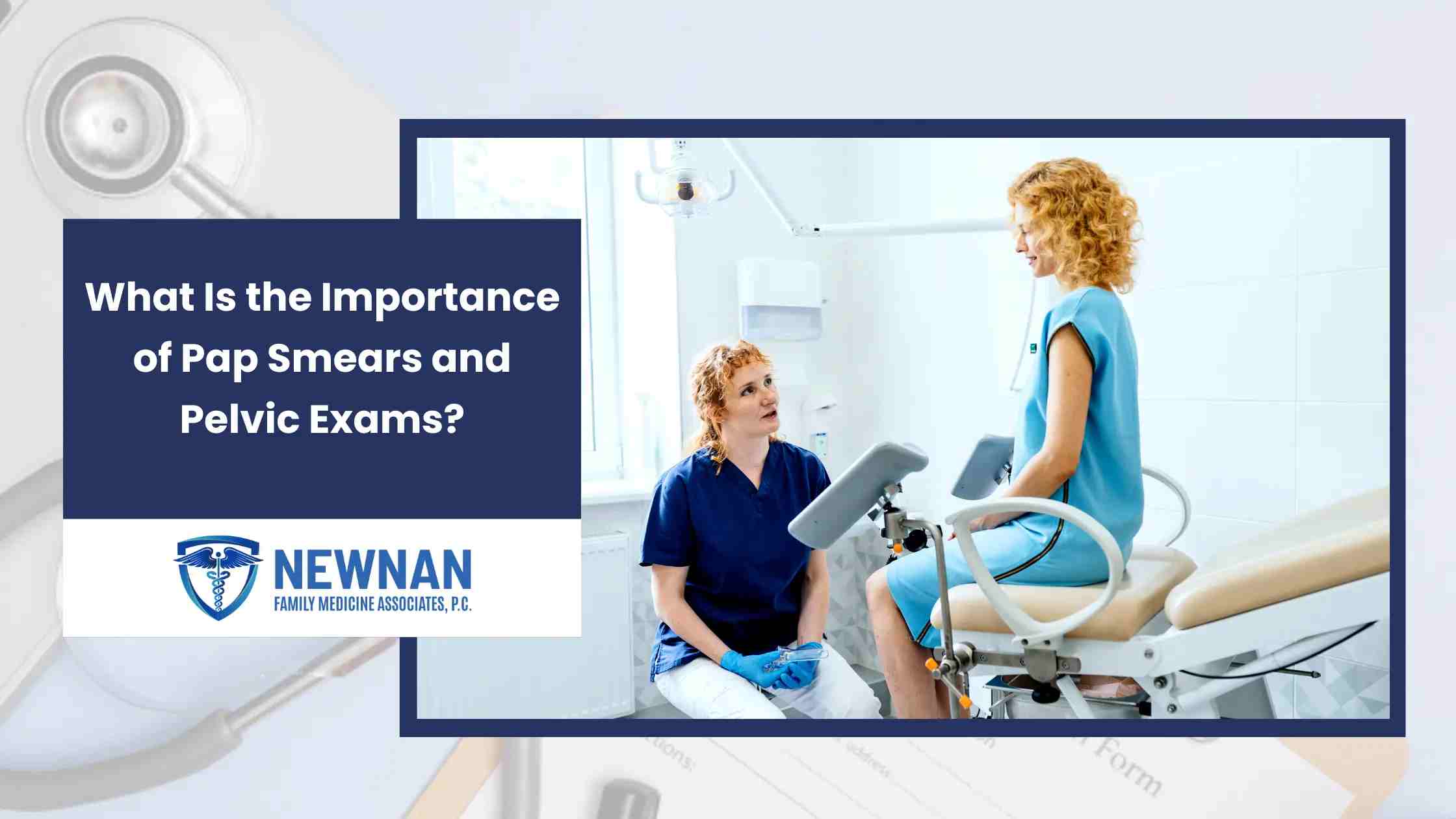


As a woman, pelvic exams and Pap tests are seen as a low priority. Many women may even put off attending annual checkups during the busy seasons of their lives. Nevertheless, from the teenage to post-menopausal years, Pap tests and pelvic examinations are necessary to help women stay healthy.
Pelvic checks and Pap test screenings can help with the early detection of precancerous diseases and cervical cancer prevention. It involves taking cells from the cervix. When the cells are tested, the results can diagnose cervical cancer early, offering a better chance of recovery and survival.
Let’s discuss the importance of Pap smears and pelvic exams in helping women lead healthy lives.
A Pap test, commonly known as a Pap smear, is a procedure where a doctor checks for cervical cancer in female patients. The test indicates alterations in the cervical cells that have a high chance of later developing into cancer. To help prevent this, women between the ages of 21 and 65 should obtain a Pap test every three years. The frequency of required visits will depend on one’s physical health.
The entire checkup lasts for roughly 10 to 20 minutes. A specimen of the cervix cells is collected by the doctor using a swab that is connected to the metal or plastic tool. The sample of the cervix cells is mixed with a liquid in a small test tube and sent to the lab for analysis. There may be a slight pinch or light pressure feeling during the Pap test, but the procedure is harmless.
A pelvic examination is a routine physical test to look for symptoms of certain diseases in the female organs. A medical professional conduct a pelvic examination of the areas of the cervix, fallopian tubes, ovaries, and vagina. The physician may also choose to complete a Pap smear to check for cancer during a general pelvic checkup. Women between 21 and 65 years should have regular pelvic examinations. Appointments for pelvic examinations are generally planned based on the age and medical status of the patient’s body.
Also read: What Are the Causes of UTIs?
It takes about 10 minutes to perform the pelvic exam. A healthcare professional uses their fingers to feel the uterus and the ovaries' size, structure, and location. In addition, the rectum, oviducts, vagina, and cervix are also examined. To properly complete the exam and fully ensure the health of the patient, the physician inserts a gloved finger into the rectum to check for cancers or other abnormalities. While a pelvic examination may feel strange or uncomfortable, it is painless and bearable.
There is no denying the importance of performing cervical cancer screening in a timely manner. Screening tests like pelvic examinations and Pap smears are considered the standard approach to avoiding cervical cancer.
Pap smears are a proven vital cervical cancer screening test. The test locates abnormal cervical cells before they develop into cancer. Certain infections and inflammation can also be detected during a Pap smear. A Pap smear that is unclear or abnormal could indicate an infection or tumor, meaning subsequent cervical cancer prevention strategies will need to be adopted.
Pelvic examinations can also be beneficial in detecting certain female malignancies at an early stage. Pap smears and pelvic exams are essential for a woman's general health and ability to obtain an early discovery of fatal cancers. However, a pelvic exam broadly focuses on the state of the vagina and pelvis, while a Pap smear screens for abnormal cell changes that could eventually result in cervical cancer.
Based on cancer screening guidelines, doctors normally recommend Pap and pelvic tests every three years for women aged 21 to 65. Women above the age of 30 who present good health should have these cancer screening tests every five years. Doctors may advise against Pap testing in certain circumstances, such as after a total hysterectomy (the removal of the uterus) or if the patient is older than 65.
The potential risk factors that can influence the frequency of tests include—
Also read: What to Expect During a Well-woman Exam
Cervical cancer screenings via Pap smears and pelvic exams are safe and effective. Nevertheless, several factors can contribute to a false-negative result, such as:
Some women may experience minor cramps, soreness, or infection after a Pap smear and pelvic examination. The integrity of the procedure and the physician's expertise determine possible risks and side effects.
The road to wellness is unique for every woman. And at Newnan Family Medicine, we are eager to serve you every step on your journey to attain wellness. From general health exams and Pap screening to other medical needs, our physicians are there for you every mile!
Book a consultation on our website or call us at 770-251-5540 today to get started with the first step to better living!